







 Go to
Go to
This was my first real attempt at game development and programming, and honestly, the games were terrible. Technically, they’re not the oldest if you count the ones I made in Scratch. The oldest functional game I made was called Parkour Teleport, which I created in Roblox. Like many of my projects, I abandoned it when a more exciting idea came along.
This was my first relatively good game, but the code is absolutely disastrous. The performance is good, but for the small size of the game, it’s bad.
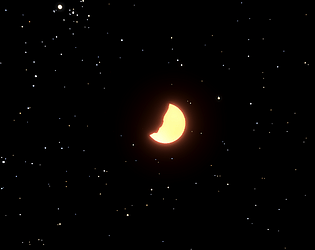 Go to
Go to
I saw Sebastian Lague's video about making procedural planets, and that made me want to create a game about interstellar procedural automation with my own code that generates planets. Of course, the project was too complicated for my limited knowledge and my limited age, so I never finished it. The code was very math-intensive and not very good. The finished product wasn’t good, but I learned a lot about models in 3D graphics, and the fact that I managed to do anything is a relatively good achievement because, in school, we didn’t even take Pythagorean theorem. In that code, there are sine, cosine, and other concepts I hadn’t learned in school for at least five years, along with complicated math.
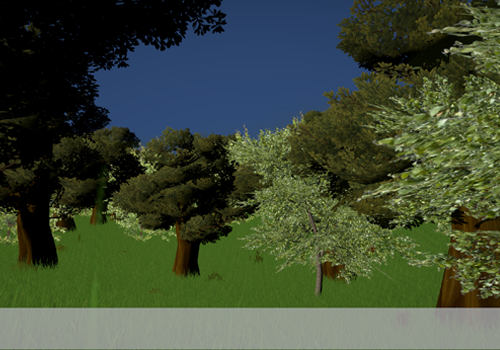
After failing to complete Planetarium, where I learned little from taking on an overly complicated project, I decided to start another game. This time, with a friend, we aimed to create a procedurally generated 3D realistic automation game where players progress through different technological ages of human civilization. However, we never finished it. Later, I returned to the project and, instead of simplifying its massive scope, decided to make the game take place on a large planet instead of a flat, infinite space like Minecraft. I even created a new spherical planet generation code, but after some progress, I abandoned the project again afeter few months.
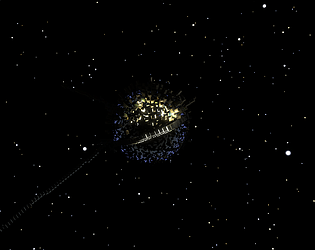 Go to
Go to
I really wanted to make a gravity simulator, so I created this thing and used the planet generation code from Terra Time. I also made it playable for some reason I don’t remember.
 Go to
Go to
I wanted to create a game in the shortest possible time, so I did this in about 4 hours, spread over multiple days since I didn’t have a full 4-hour block available.
 Go to
Go to
Here, I wanted to make an evolution simulator—don’t ask why.
 Go to
Go to
With this game, I wanted to learn something completely new, so I created a project that uses procedural generation with DALL·E and ChatGPT. I learned a lot about HTTP requests and the overall structure of the internet.
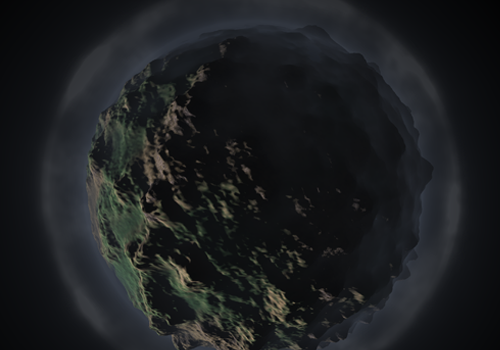 Go to
Go to
Here, I wanted to learn about writing shaders, and I learned a lot; now I can program in HLSL. Since the code runs on the GPU, it generates the planets incredibly fast—much faster than my other planet generation codes. However, some post-processing effects are not very computationally efficient, which causes the game to lag.
Here, I wanted to learn more about making websites, and I also wanted to create a big hub for all the pointless things I do.
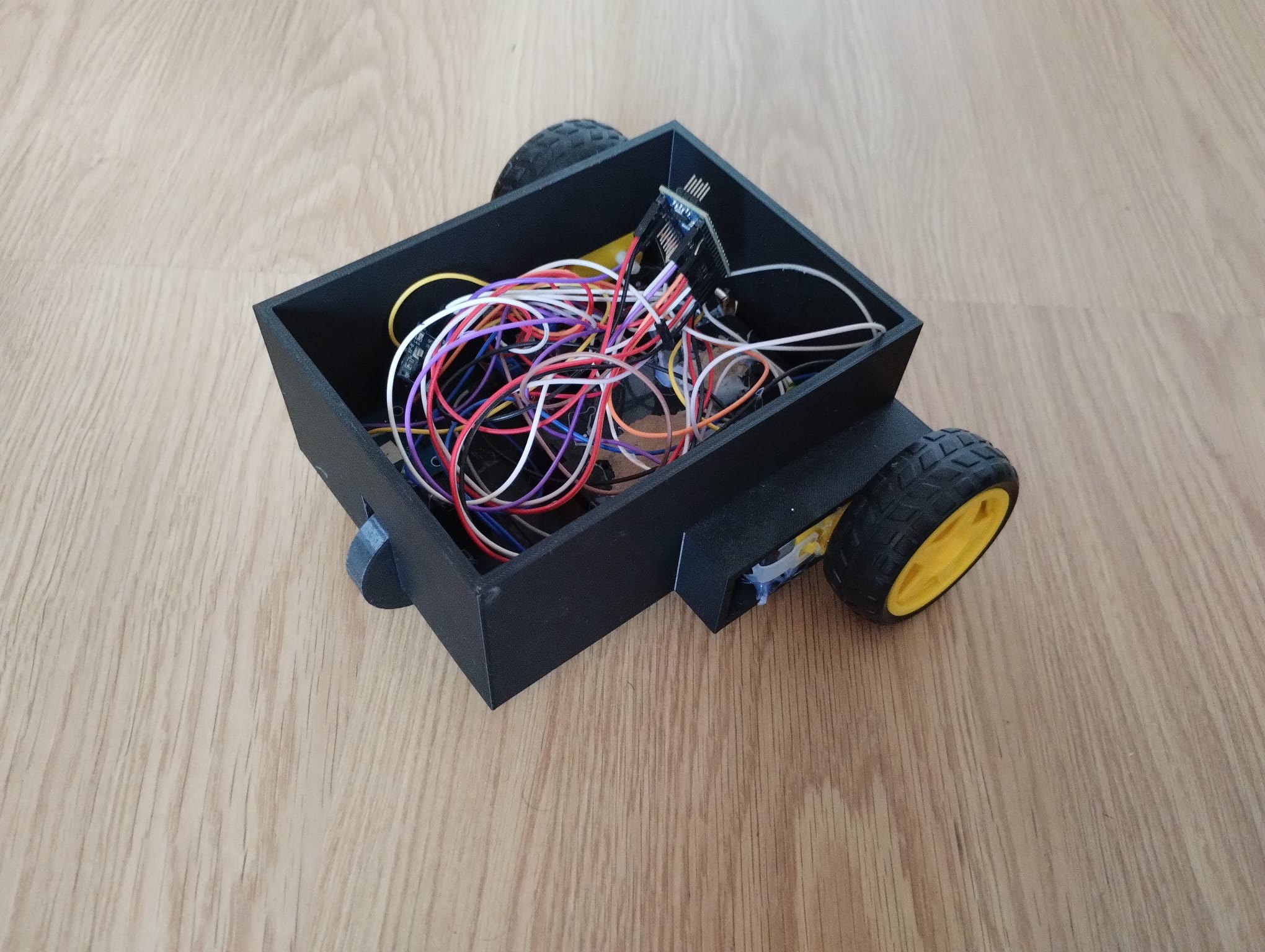 Go to
Go to
When I started exploring hardware, I thought it would be easy, but I quickly realized it comes with challenges very different from software. In software, mistakes are easy to fix, but in hardware, a simple wiring error or misreading a component's specs can mean waiting two days for replacement parts. That happened a lot.
Debugging is also frustrating—often, you don’t even know what’s wrong, so you have to manually check every wire and component, which can take a long time. Early on, I didn’t know many technical terms, making things even harder. Another major issue is that many electronic parts lack clear instructions, forcing me to search the web just to figure out wiring and functionality.
The real challenge wasn’t the car itself but:
1. Debugging issues manually
2. Finding the right parts
3. Waiting for replacements
Despite the messy wiring, the system is simple: an Arduino Nano controls a motor driver, which runs two motors. Two sensors connect to the Arduino, and a battery sits at the bottom. The code is straightforward—if the right sensor detects black, the right wheel turns, and vice versa.
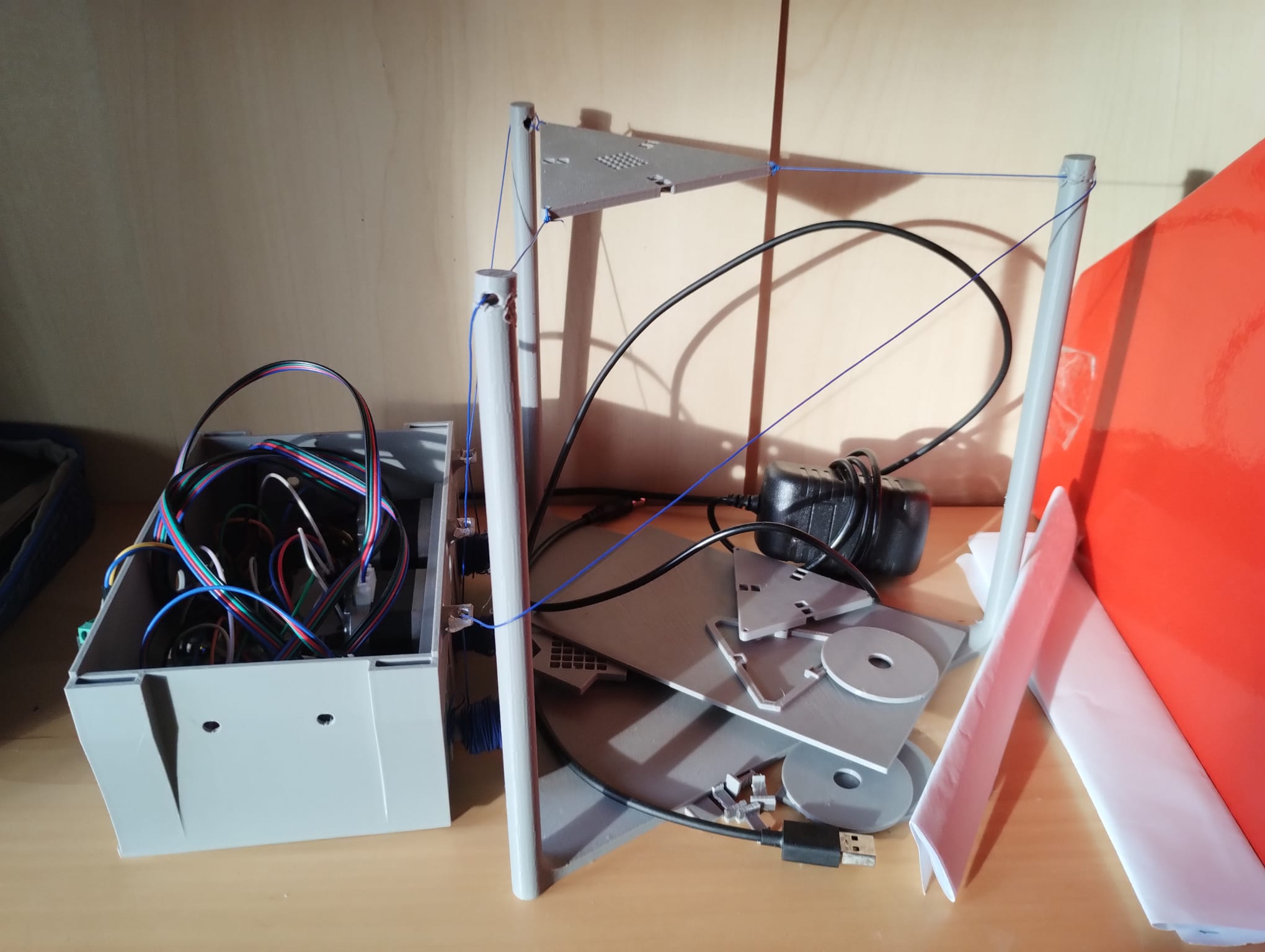
Project in progress
After my first project, I wanted something more interesting, so I created a system with three ropes to move an object in 3D space with millimeter precision. It's tethered to three points, allowing free movement. It uses stepper motors and an ESP32. I also learned Electron to make an app that sends data to the ESP32 for control via a button, instead of coding manually.
Electron was difficult, requiring juggling between browser and server side. The only advantage is cross-platform compatibility.
The system can scale and has modular "gloves" for tasks like filament extrusion or moving objects. These gloves attach and detach from the moving segments. The movement system is nearly finished, but the project grew larger than expected.
Project in progress
I got tired of hardware, so I switched to a compute shader-based particle simulation of the universe. It took way longer than I expected, but I'm used to that. Unlike my previous CPU-based (C#) simulation, which could only handle about 50 bodies, this new one runs on the GPU, allowing me to calculate up to 10,000 points. This shift lets me treat each point not as an individual body, but as part of a planet, opening up possibilities for more interesting simulations. While the old system treated every point as a body, the new one uses small, independent particles, with the potential to scale far beyond 10,000 points.
This website is a collection of all the projects I've made so far. Most of them are games or other interactive content, while some are videos, and others don't lead anywhere. You can visit my itch.io, YouTube, GitHub, or the homepage (where all of my projects are listed) in the navigation bar at the top. If you want to interact with or view any projects, go to the homepage and click on a project to see its information. Then click on "Go to" to access the project for more interaction and details.
I made this website because I wanted to learn something about making websites, and I also wanted a big hub for all my projects. This website is kind of like creating a nice box for your artwork. It also motivates me when I feel stuck on other projects, as it reminds me of everything I've accomplished over the years.
I do these projects because I enjoy creating things and feel good seeing something finished or at least interactive. I also want to learn more about PCs. Most projects were achieved without help, relying on YouTube tutorials, Google, and ChatGPT. Using these resources, I managed to create all the projects myself. I used them only to understand concepts, then applied that understanding to create something, like this website, for example.